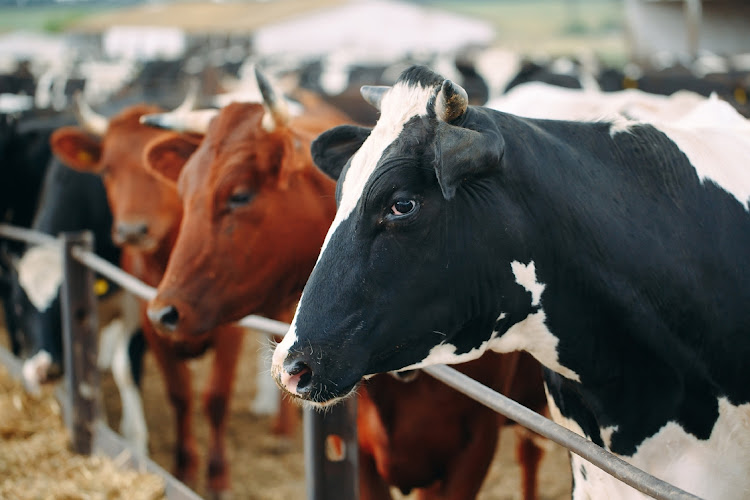South Africa’s livestock sector faces both opportunities and risks, with growth potential hinging on the country’s ability to contain animal disease outbreaks.
According to the Bureau for Food and Agricultural Policy’s (BFAP) Baseline 2025 report, which provides a 10-year outlook on agricultural production, consumption, prices, and trade, the livestock industry has endured a difficult decade. High feed costs, weak consumer spending, and repeated disease outbreaks have eroded profitability. Conditions are only expected to improve gradually from 2026 onward.
Demand Outlook: Poultry Leads Growth
The report projects that per capita consumption will increase across all meat categories except sheep. Population growth, rising incomes, and ongoing urbanisation are expected to drive overall demand.
“Affordability is still king,” said Tracy Davids, director at BFAP, during the baseline presentation in Pretoria.
-
Poultry remains the dominant protein source, set to account for more than half of the additional meat consumed by 2034, with growth of 18%.
-
Pork is expected to grow slightly faster at 19%, albeit from a smaller base.
-
Beef consumption is projected to rise by 12%.
-
Sheep meat consumption, however, is expected to decline marginally by 0.4%.
Disease Outbreaks Threaten Exports
Despite the strong demand outlook, recurring animal disease outbreaks threaten to cap growth and undermine export competitiveness.
“Exports are core to the sustainability of the red meat sector,” Davids said. “But outbreaks are constraining growth. Even though South Africa has moved from being a deficit to a surplus producer over the past decade, producers remain hesitant to rely on export markets given persistent biosecurity challenges.”
Over the past 10 years, production expanded by just 0.3% per year, while exports are currently 30% below potential. The report warns that outbreaks could continue to limit exports through late 2025 and into 2026, placing pressure on domestic prices once supply normalises.
Long-Term Prospects
From 2027, improvements are expected as international prices stabilise and global herds are rebuilt. By 2034, South Africa’s red meat exports could reach 80,000 tonnes, equivalent to 9% of production. While this is below the red meat industry’s strategic targets, it represents an improvement from the 5% achieved in 2024.
If disease management improves and feed costs decline as projected, BFAP expects red meat production growth to accelerate to an average of 1.3% per year over the next decade.
The Bottom Line
South Africa’s livestock industry has the potential to benefit from rising global demand, but only if biosecurity measures are strengthened. Without effective disease control, export growth—and by extension, industry profitability—will remain constrained.


